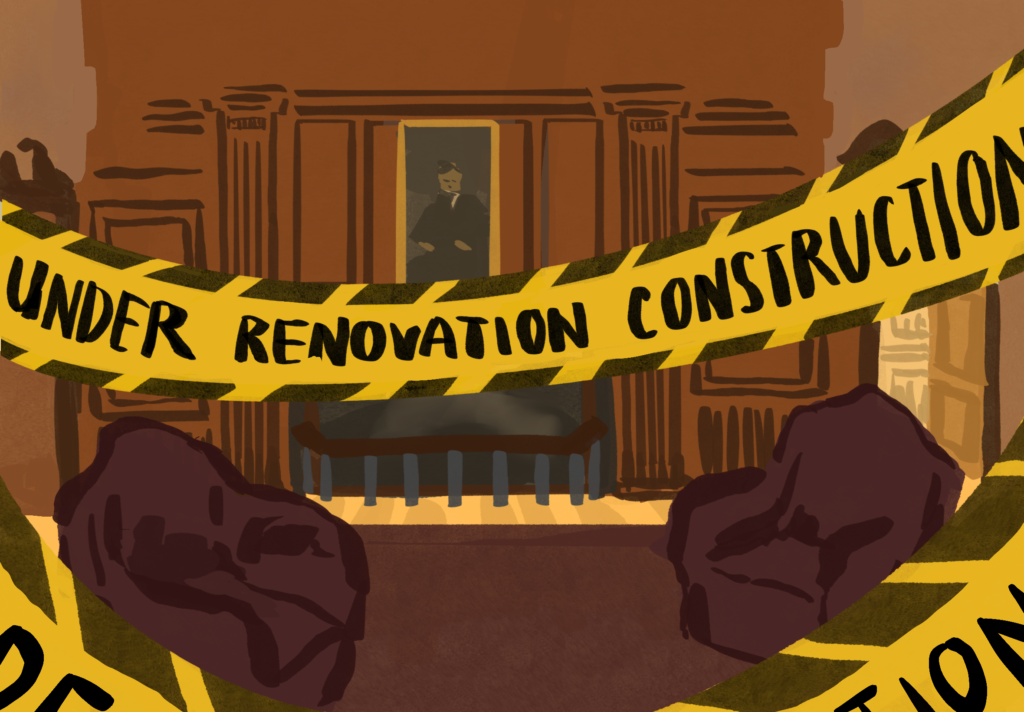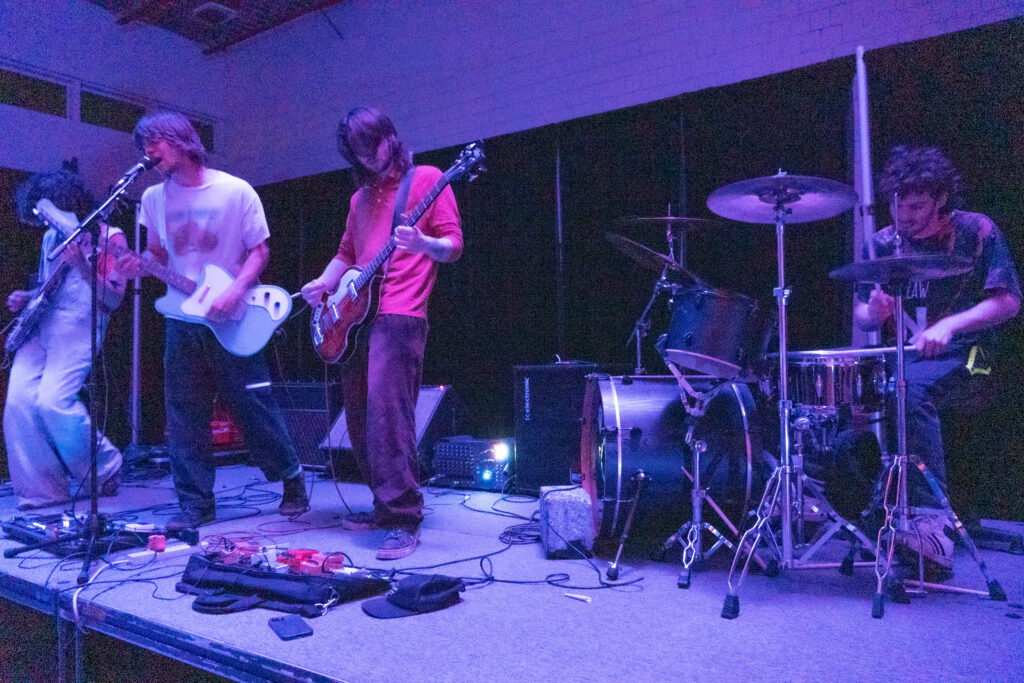From April 22-25, 12 NEASC (New England Association of Schools and Colleges) Committee members, administrators from various New England schools, visited the Choate campus. The week-long visit takes place every ten years and is an important step in Choate’s reaccreditation process. The visitors spoke to students about various aspects of campus life and visited classes, sports practices, and ate meals in the dining hall in order to absorb the full Choate experience. Committee members then drew up a report that highlights aspects of Choate life which they appreciated, as well as some future recommendations for the school.
The NEASC Committee members, mainly administrators from the NEASC, arrived on Sunday by 5:00 for Gold Key tours of the campus. On Monday and Tuesday, Committee members visited classes and spoke with student government. Throughout the week, Committee members chatted with students about Choate life in order to gain insight into people’s opinions and investigate the school thoroughly. The NEASC Committee oversaw about fourteen categories of campus life, and each were investigated in order to affirm whether Choate was carrying out its duty as a secondary school in New England. Choate has certain standards it must meet as a high school, Choate must meet every standard so its accreditation can be renewed.
“There’s a whole bunch of logistics because they have such a finite amount of time on campus. So aside from the tours, we set up meetings for them with different contingencies like head coaches, or heads of house,” said Mr. Kevin Rogers, Director of Studies. Aside from this, committee members were free to travel about Choate as they pleased. “They fan out as a team to try to get all of their questions or all the things they want to investigate answered, done or reviewed,” Mr. Rogers remarked.
After their visit, the NEASC sent the school a report of their trip as an observation of the school’s own report to the NEASC which had been compiled through faculty efforts beforehand. The official NEASC report takes the Choate report into account in the final report. Choate has a chance to review the NEASC report and correct any factual errors that might appear in it. Once that is done, the report is sent back and will make its way back to the NEASC Commission. “The report mixes both recommendations and recommendations. The recommendations largely echo the pieces that we’ve already laid out,” Mr. Rogers explained.
The faculty who arranged the visit and managed the process of compiling the school report were Mr. Rogers and Teacher Ms. Kim Norman. The process to prepare the logistics for this short trip took 18 months. Mr. Rogers and Ms. Norman asked for the collaboration of the faculty in determining different aspects of student academic life to highlight in the report. Faculty were placed in fourteen different committees, each focusing on one standard. This feedback was then synthesized into the report that was sent to the NEASC members.
“I think probably the biggest challenge for the visitors was covering the scope of the campus. They often try to meet at least all of the adults in the community, and I think that the time scale and the size of our campus didn’t mesh there, so that was the hardest part,” Mr. Rogers concluded.



